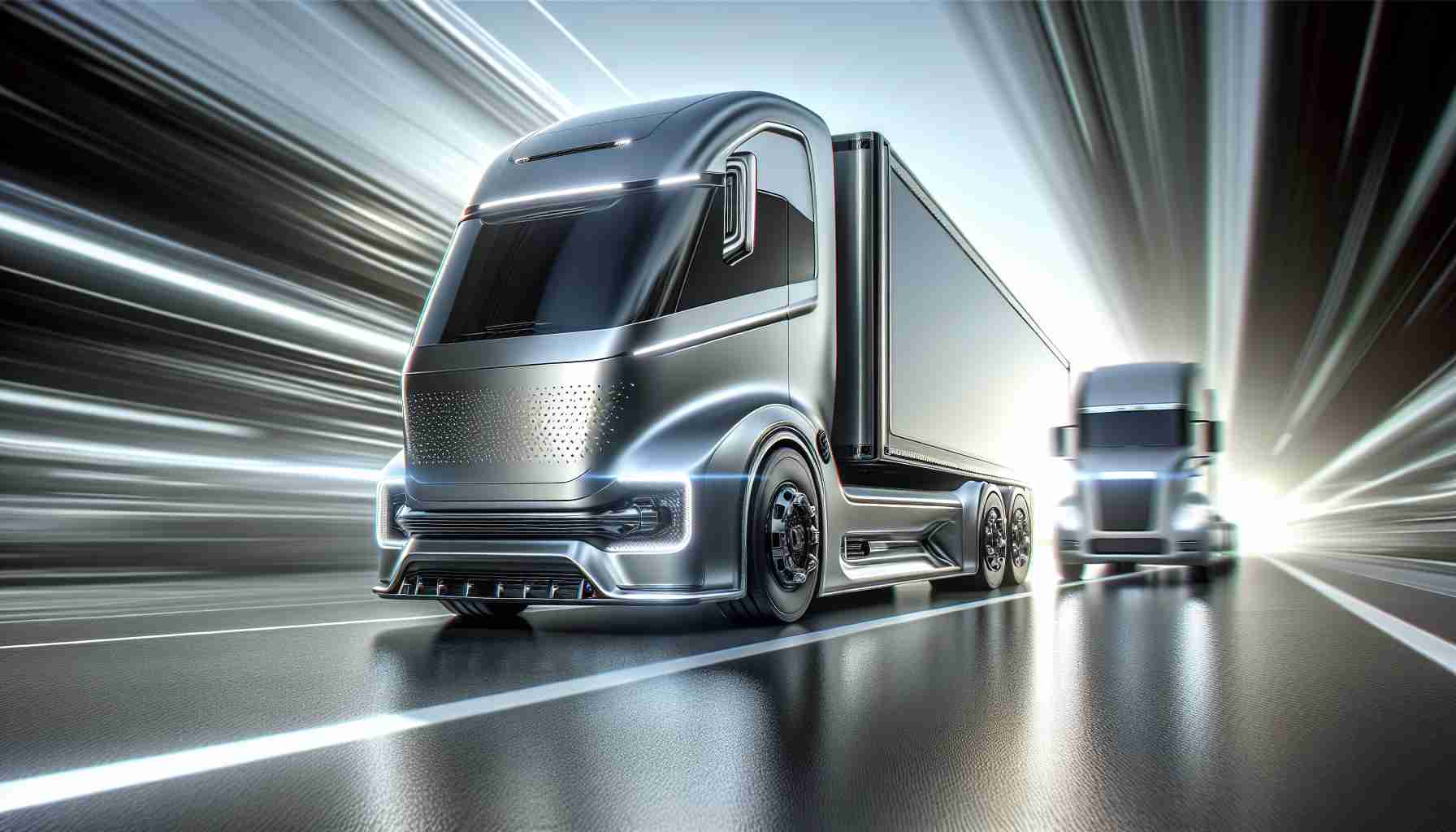- The Tesla Cybertruck is currently the fifth-best-selling EV in the U.S. as of 2024, with nearly 39,000 units sold.
- Despite its solid ranking, Tesla’s growth is projected to increase only modestly by 10% into 2025, raising concerns about market dynamics.
- The Cybertruck faces stiff competition from domestic and international players, particularly Chinese manufacturers with innovative designs and pricing.
- Changes in government policies regarding EV incentives may further affect consumer interest and purchasing decisions.
- Tesla considers strategies like price cuts and introducing a more affordable variant to boost Cybertruck sales and counter competition from models like the Ford F-150 Lightning.
- The Cybertruck’s situation highlights broader challenges in the EV sector, emphasizing the need for innovation in design and sustainability to align with consumer preferences.
The Tesla Cybertruck’s trajectory in the electric vehicle arena has hit a snag that industry insiders are watching closely. As of 2024, the vehicle ranks as the fifth-best-selling EV in the U.S. with nearly 39,000 units sold. However, with predictions suggesting Tesla’s growth might only modestly increase by 10% heading into 2025, questions abound regarding the market dynamics at play.
Why is the Cybertruck’s sales momentum waning? The Cybertruck’s decline in sales volume can largely be attributed to fierce competition from both domestic and international players. Chinese manufacturers are gaining ground with innovative designs and competitive pricing. Additionally, Tesla faces challenges due to possible shifts in government policies regarding electric vehicle incentives, further affecting consumer interest.
What strategies is Tesla considering to reignite Cybertruck sales? To combat the decline, Tesla is contemplating strategies like slashing Cybertruck prices and perhaps even introducing a more affordable variant. Such moves aim to enhance market accessibility and revive consumer interest, directly challenging competitors like the Ford F-150 Lightning that offer more budget-friendly options.
How is this affecting the broader EV industry? The Cybertruck’s struggle is a microcosm of the challenges faced by the entire EV sector. With Tesla’s position under the spotlight, the industry is nudged towards novel designs and heightened sustainability efforts. This turning point emphasizes the importance of balancing innovative advancement with evolving consumer preferences.
To grasp a broader understanding of Tesla’s strategy and the industry shifts, explore more about Tesla at Tesla and delve into the evolving electric vehicle landscape at Ford.
Tesla Cybertruck Faces Unprecedented Challenges: What’s Next?
Why is the Cybertruck’s sales momentum waning?
The Cybertruck’s initial buzz has dampened for various reasons. One significant factor is the intensifying competition in the electric vehicle market. Domestic competitors, such as the Ford F-150 Lightning, and international firms, especially from China, are capitalizing on innovative designs and competitive pricing, which directly challenge the Cybertruck’s appeal. Additionally, potential changes in government policies, particularly concerning EV incentives, could lead to further reluctancy among consumers to invest in the Cybertruck, given its relatively premium pricing.
What strategies is Tesla considering to reignite Cybertruck sales?
In response to the sales decline, Tesla is exploring several strategic options. Chief among these is the potential reduction of Cybertruck prices to make the vehicle more affordable and competitive. Tesla is also considering the introduction of a new variant that would target a more budget-conscious demographic, much like what Ford has achieved with the F-150 Lightning. These moves aim to enhance the Cybertruck’s market share by increasing its accessibility and appeal to a broader range of consumers.
How is this affecting the broader EV industry?
The situation with the Cybertruck reflects broader trends and challenges within the electric vehicle industry. Tesla’s current hurdles underscore the need for manufacturers to adapt quickly to shifting consumer preferences and market dynamics. The focus is increasingly on producing not only sustainable and technologically advanced vehicles but also ensuring that these innovations align with consumer demand for affordability and practicality. This evolution is pushing the industry towards more refined, sustainable designs that meet the needs of a diverse consumer base.
To explore more about Tesla’s strategic moves and developments, visit link name. For insights into how competitors like Ford are responding to market demands, check out link name.
Additional Insights
Market Forecasts
Despite current challenges, the electric vehicle market is expected to grow steadily, with industry analysts predicting a significant increase in global EV sales over the next decade. Tesla’s challenges with the Cybertruck could prompt industry-wide innovation, leading to improved features and pricing strategies across the sector.
Sustainability and Innovations
As competition intensifies, the emphasis on sustainability remains paramount. Manufacturers, including Tesla, are actively exploring new materials and eco-friendly production processes to reduce environmental impact and appeal to environmentally conscious consumers.
Security Aspects
With advanced technology becoming integral to EVs, cybersecurity remains a significant concern. Tesla and other manufacturers are investing heavily in securing vehicles against cyber threats, ensuring both software and hardware vulnerabilities are mitigated to protect consumer data and vehicle integrity.













